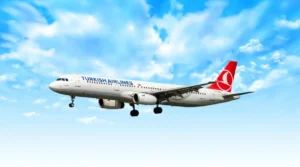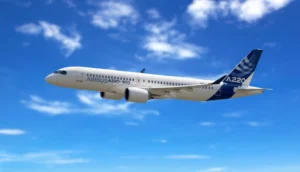Supersonic Startup Exosonic Shuts Down After Struggling for Funding
Norris Tie, Founder of Exosonic, discusses the challenges of turning a visionary supersonic aircraft project into a commercial reality, and the lessons learned from building a startup in the aerospace industry.

Photo Source: Exosonic
Exosonic, a promising startup focused on developing supersonic commercial airliners and UAVs, has announced it is winding down after five years of operations. Despite making progress on its supersonic technology, the company faced challenges in securing the customer backing and funding needed to continue.
In a statement posted on its website, Exosonic explained that although the team remained committed to the vision of quiet supersonic flight and UAVs for the U.S. Department of Defense, it could not meet the financial demands required to advance the technology without further support. “The company cannot sustain the cash needs to make further advancements,” the update stated.
Founded in 2019 by propulsion engineer Norris Tie, Exosonic joined Y Combinator’s Winter 2020 cohort and raised over $4.5 million in venture capital. The startup also secured small grants from the U.S. Air Force under its Small Business Innovation Research (SBIR) program. Exosonic hit a significant milestone earlier this year with a successful test flight of its EX-3M Trident, a subscale version of its supersonic UAV. The company was also working on a supersonic airliner called Horizon, and a larger UAV named Revenant.
However, despite these successes, Exosonic struggled with what is often called “the valley of death” in defense technology—where companies face difficulty moving from research and development to commercialization. Without the critical support from either government agencies or commercial customers, the startup found itself unable to progress.
Tie, who previously worked at Lockheed Martin and Northrop Grumman, noted that he was proud of the team’s accomplishments, particularly the successful flight of the EX-3M Trident, which was completed in under two years with limited resources. However, the company’s future was ultimately hindered by the inability to secure further funding or government backing for its innovative projects.
Exosonic is now exploring options for selling its intellectual property, with some interest reportedly received from potential buyers.






